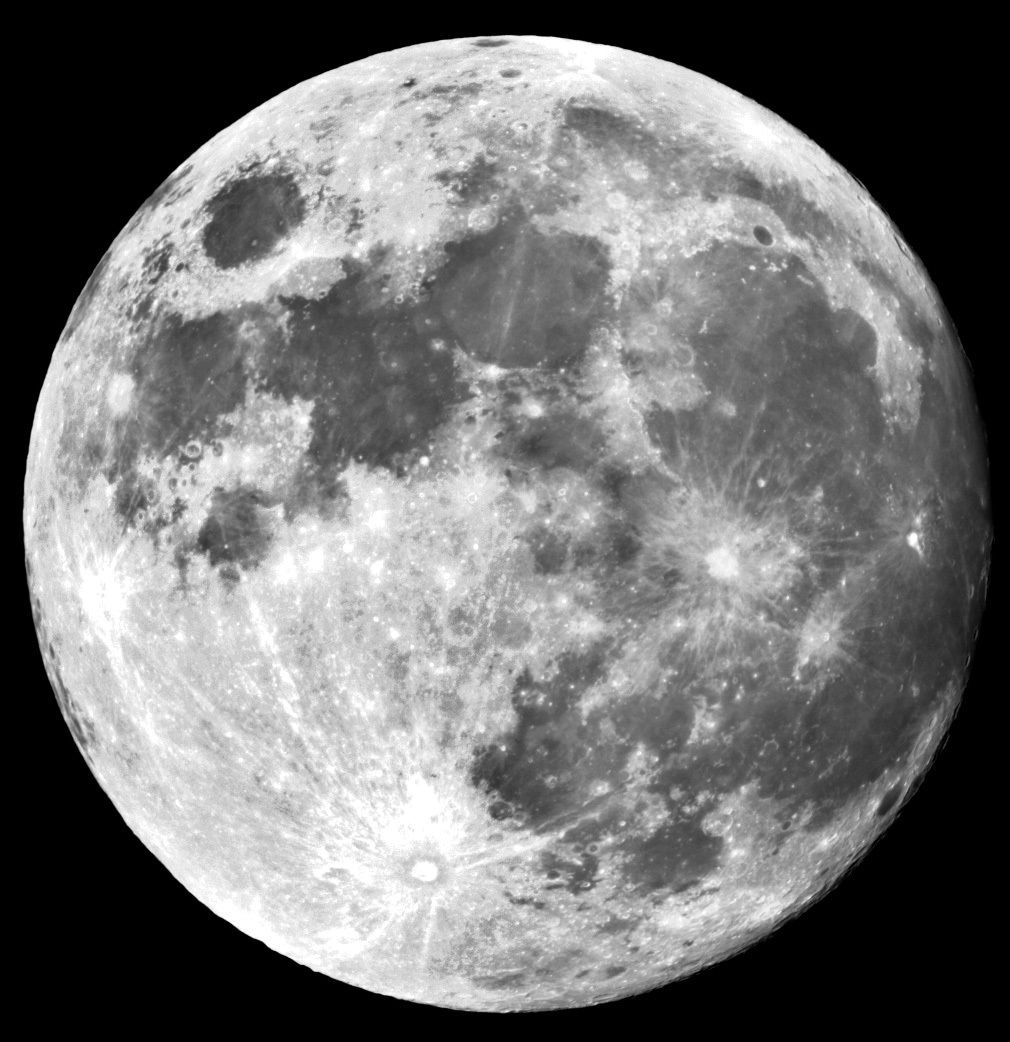

The team must decide where the rover drives next, send commands, receive and process the data, then make decisions based on those data, whether it be determining the next location or doubling back and verifying or obtaining additional information. "There's this whole pattern or sequence of exploration that needs to be done with a rover," he says. While the lunar rover is much smaller than the Mars rover, the general logistics and operations of the mission will likely have many similarities, according to Herd. He's no stranger to rover missions, having been involved in a Mars rover mission over the past two years. While the tool and the rover are still under development, Herd will become a part of the mission when it begins. "Water is one of the most important resources we could look for, because the less we have to bring with us from Earth, the more we can use there and the less expensive it is overall to go to the moon and eventually set up a long-term presence." "Any kind of water vapor that's around will migrate and get trapped into these cold spots."ĭiscovering water ice on the moon would advance space exploration by allowing researchers and astronauts to stay for longer missions on the lunar surface, Herd says.

Herd notes that the mission will focus on the permanently shadowed southern regions of the moon, because these areas act as "cold traps" for any water ice present. "If we do find water ice, then the other elements this instrument can detect can tell us what type of soil the water ice is in." Figuring out what the lunar soil is made up of will provide geological context for where lunar ice might be located. Just as water and soil particles mix when the ground freezes on Earth, water ice would be mixed between the grains of minerals on the lunar surface, Herd explains. "You can also get a signal from that natural radiation of other elements that are there too, like calcium, iron and titanium," says Herd.

Information and samples from previous lunar exploration missions will prove valuable for interpreting the data, as will the researchers' expert ability to make inferences from the data the rover transmits, Herd notes.Ĭraig Hardgrove, associate professor in the School of Earth and Space Exploration at Arizona State University, will interpret the hydrogen component of the data, while Herd will turn his attention to any other elements or minerals present. The data can be interpreted to confirm the presence of hydrogen. It will look for the signature of radiation from space as it interacts with material beneath the moon's surface, Herd explains. The LHANS tool is designed to detect water ice by identifying the presence of hydrogen in the lunar soil. The payload Herd is involved with is a tool being developed by Ontario-based Bubble Technology Industries, the Lunar Hydrogen Autonomous Neutron Spectrometer, or LHANS. The lunar rover will weigh about 30 kilograms and will take along six scientific payloads designed to gather data, five of which are Canadian. The contract for the mission was awarded to Canadensys Aerospace Corporation, by the Canadian Space Agency and involves NASA, several industry partners and academic researchers including Herd brought aboard to share their expertise. Rovers are simply "mobile robotic vehicles that allow us to explore the surfaces of other planets," explains Chris Herd, a professor in the Department of Earth and Atmospheric Sciences and one of the scientific investigators involved in the mission.


 0 kommentar(er)
0 kommentar(er)
